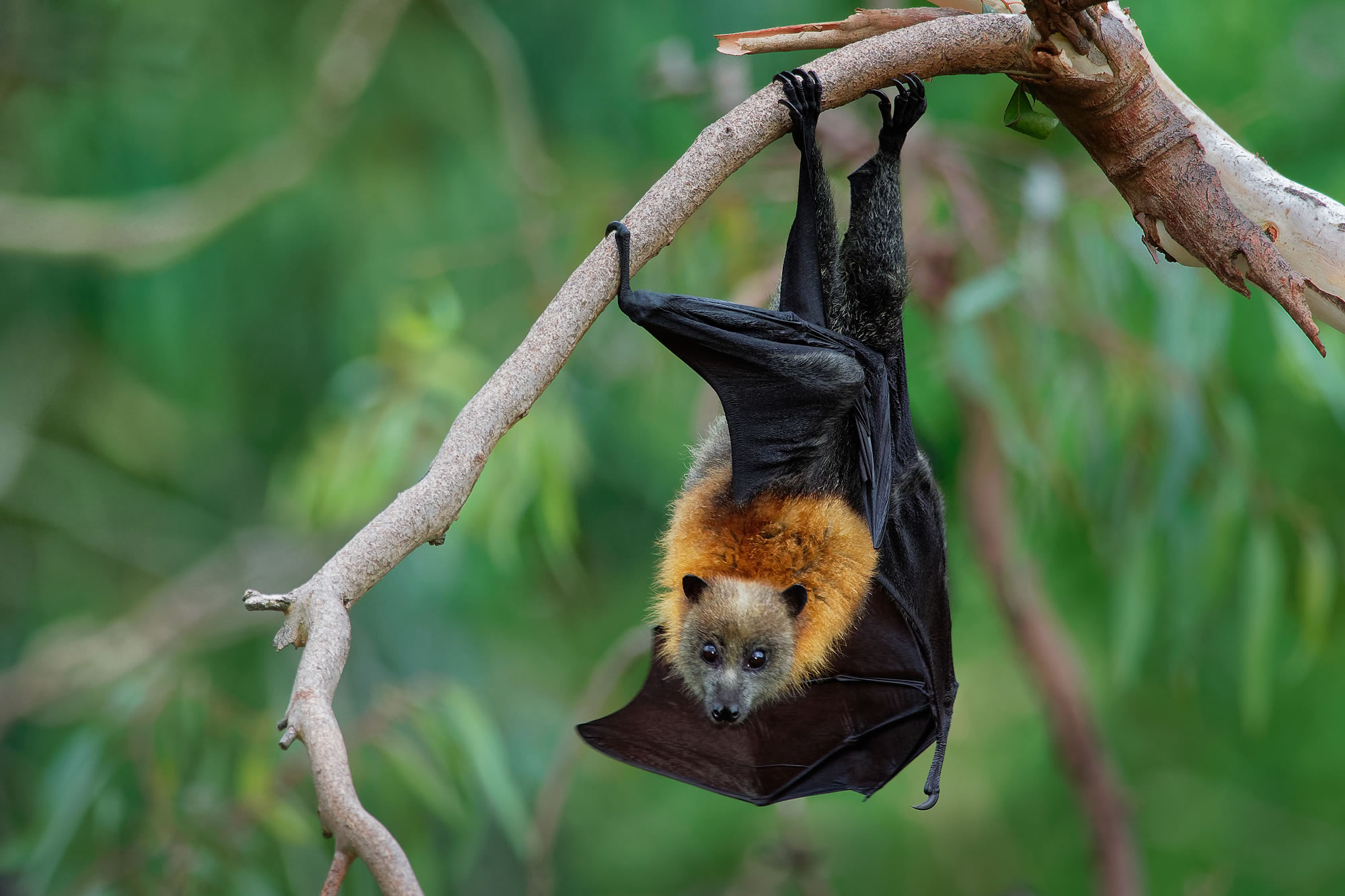Grey-Headed Flying-Fox
The nocturnal, highly social (and at times very vocal) grey-headed flying-fox (Pteropus poliocephalus) is the largest Australian bat with a wingspan of up to one metre.
With nectar and pollen from eucalypts, melaleucas and banksias their preferred source of food, grey-headed flying-fox are an important pollinator of many trees and play a key role in the maintenance of forest habitats.
Listed as vulnerable under the Environment Protection and Biodiversity Act 1999, the numbers of grey-headed flying-fox are rapidly declining in other states, highlighting the importance of protecting their habitat in Queensland.
Make your impact
- QTFN are working to restore bat foraging habitat on our Aroona Station, a potential foraging site for two large camps of grey-headed flying-fox in the Ipswich region.
- Develop and implement systems for assessing and scoring grey-headed flying-fox habitat quality.

- The Land Restoration Fund ‘Counting the Co-benefits’ project on QTFN Aroona will revegetate 150 hectares of creekline foraging area of the species over the next three years.

Our work
- QTFN are working to restore bat foraging habitat on our Aroona Station, a potential foraging site for two large camps of grey-headed flying-fox in the Ipswich region.
- Develop and implement systems for assessing and scoring grey-headed flying-fox habitat quality.

Our impact
- The Land Restoration Fund ‘Counting the Co-benefits’ project on QTFN Aroona will revegetate 150 hectares of creekline foraging area of the species over the next three years.


